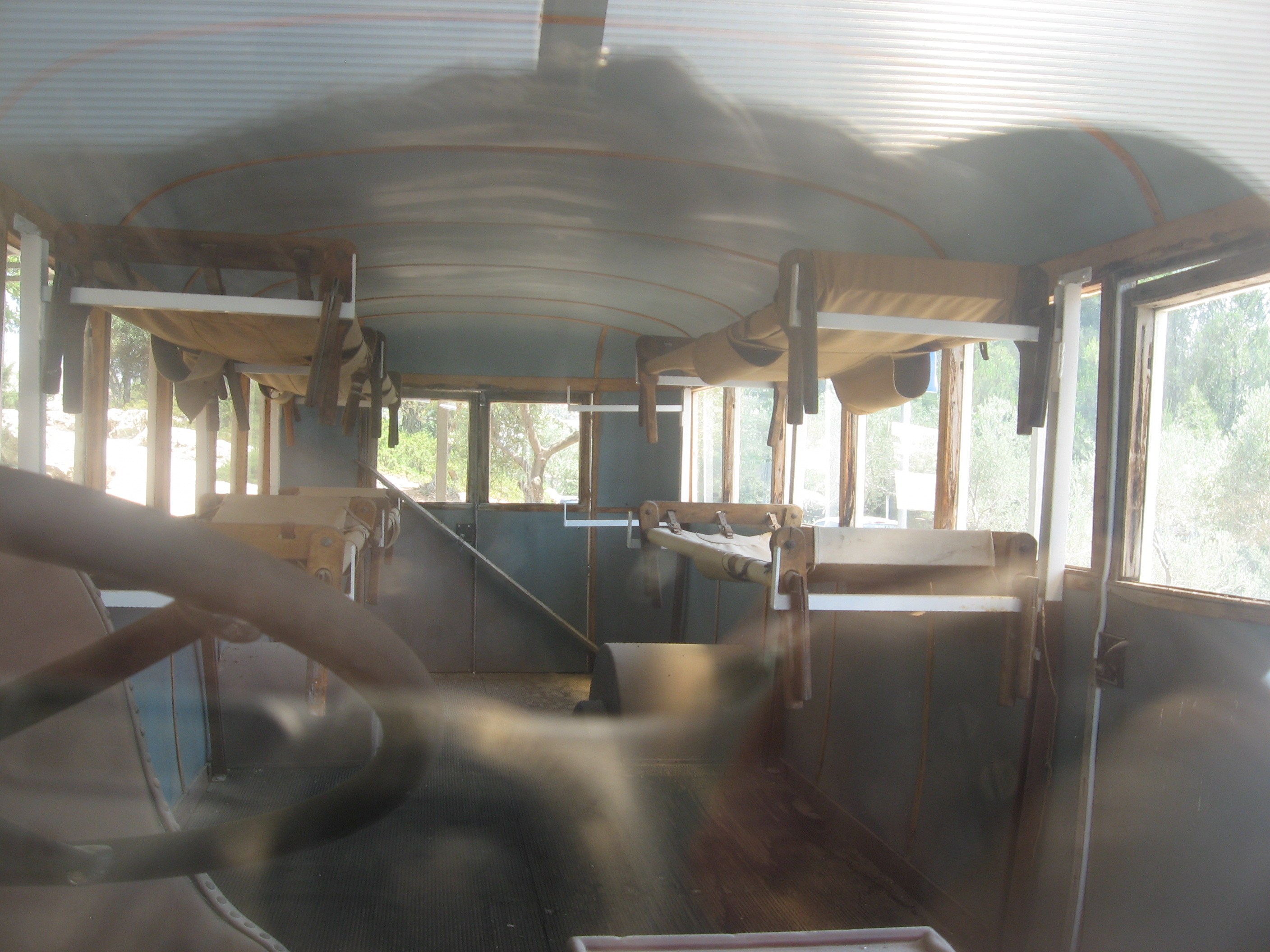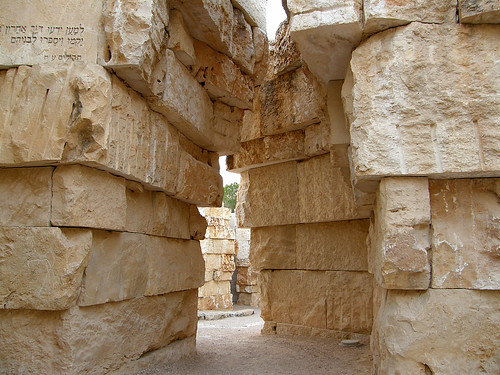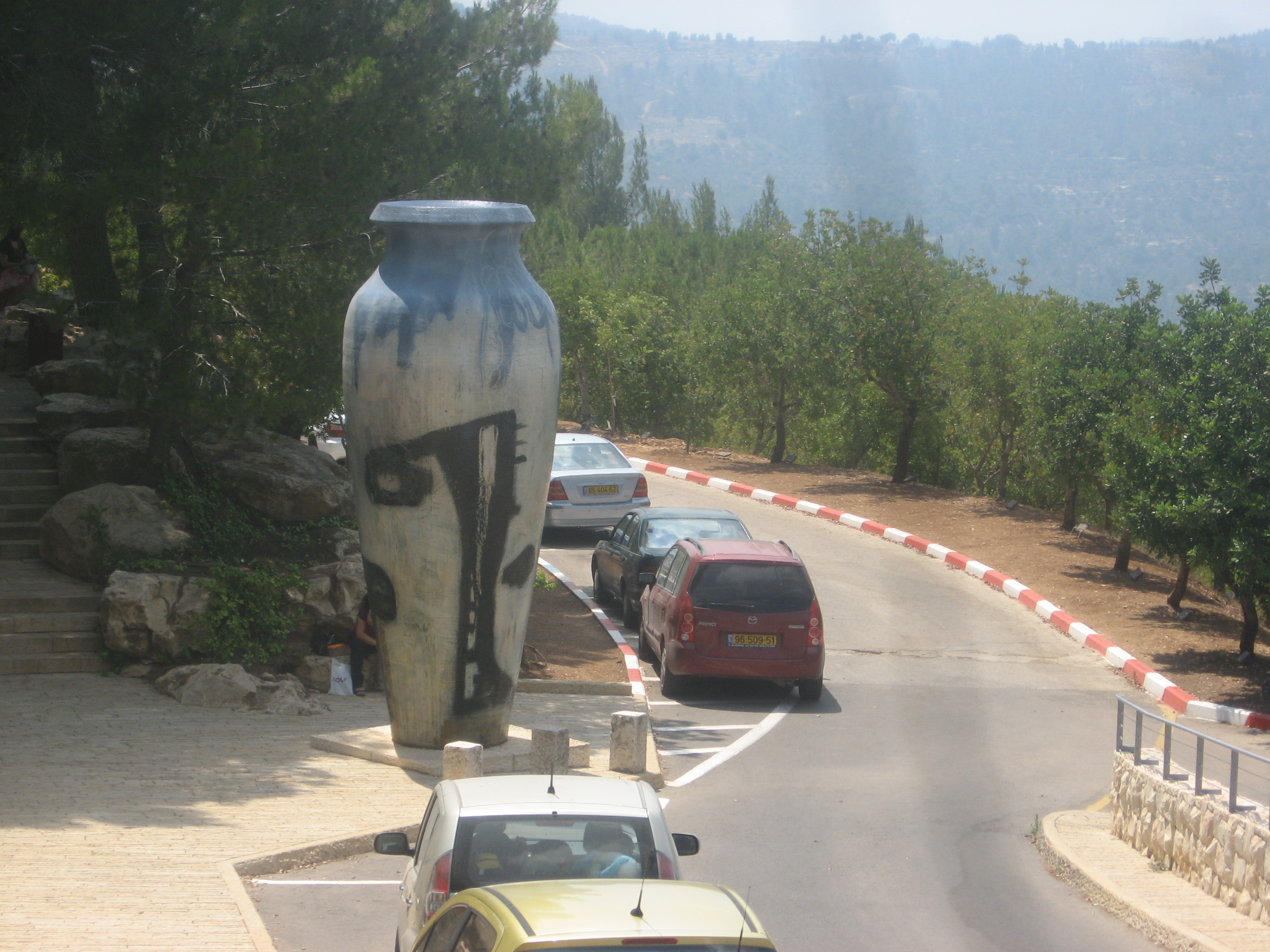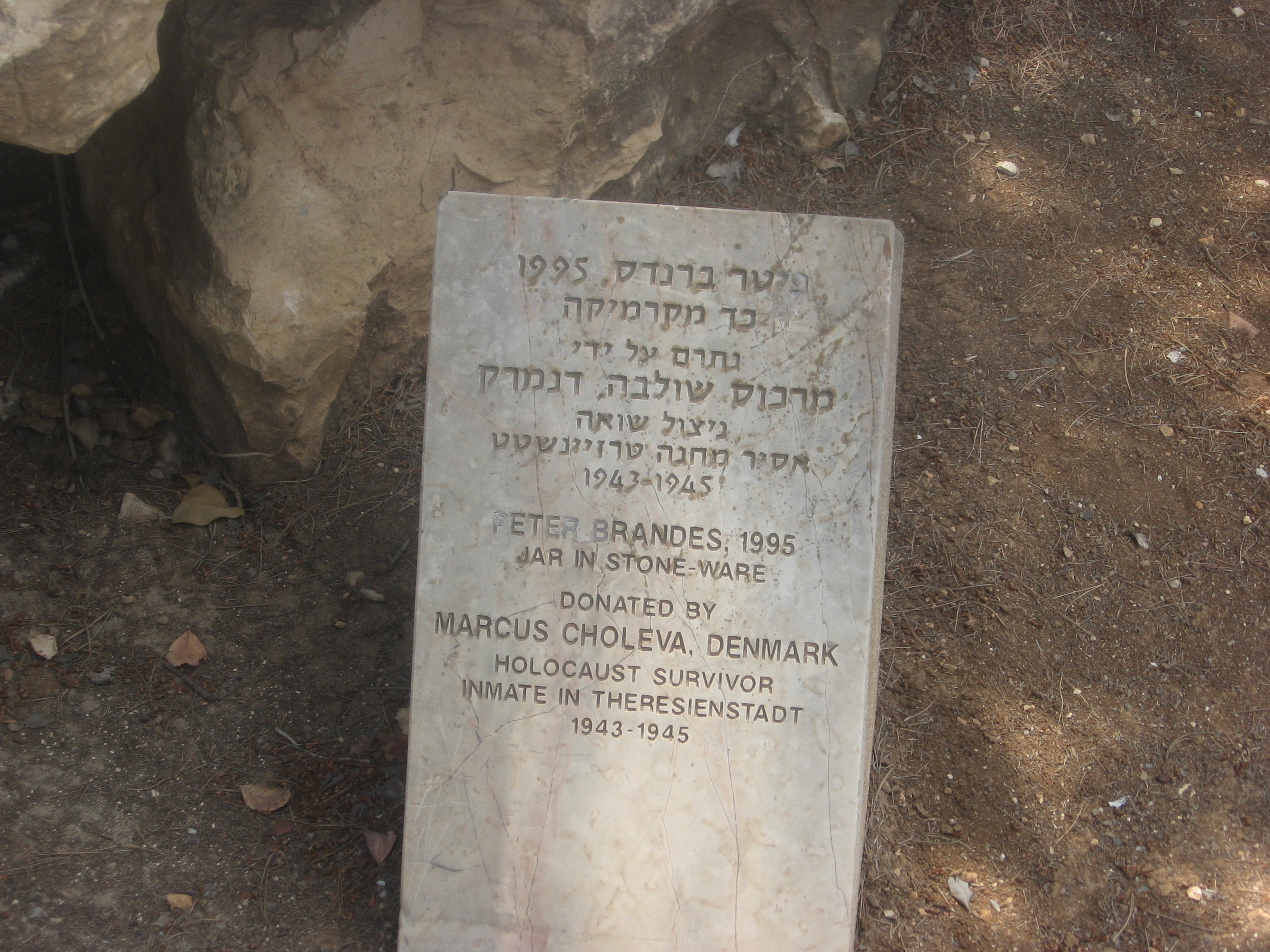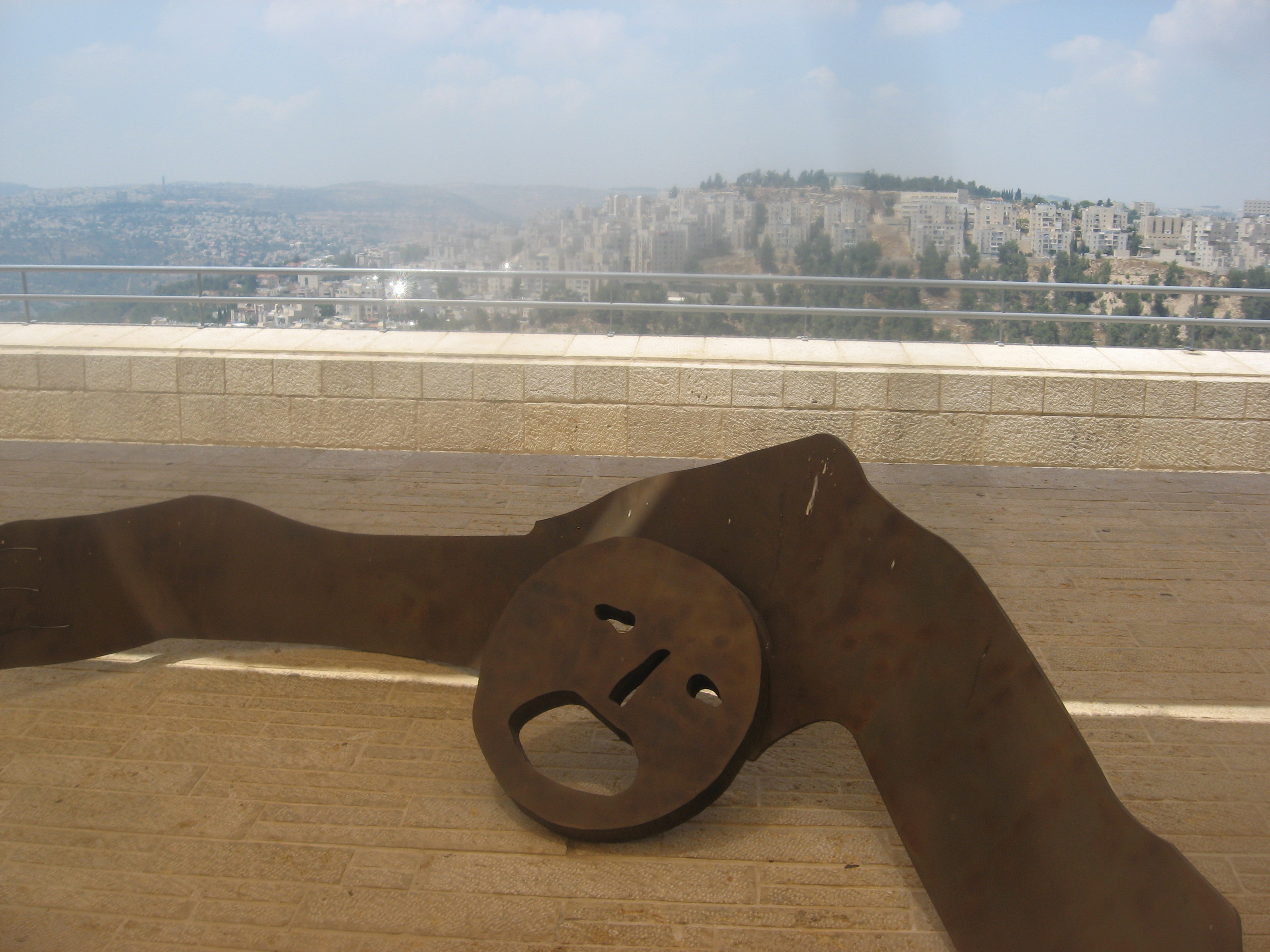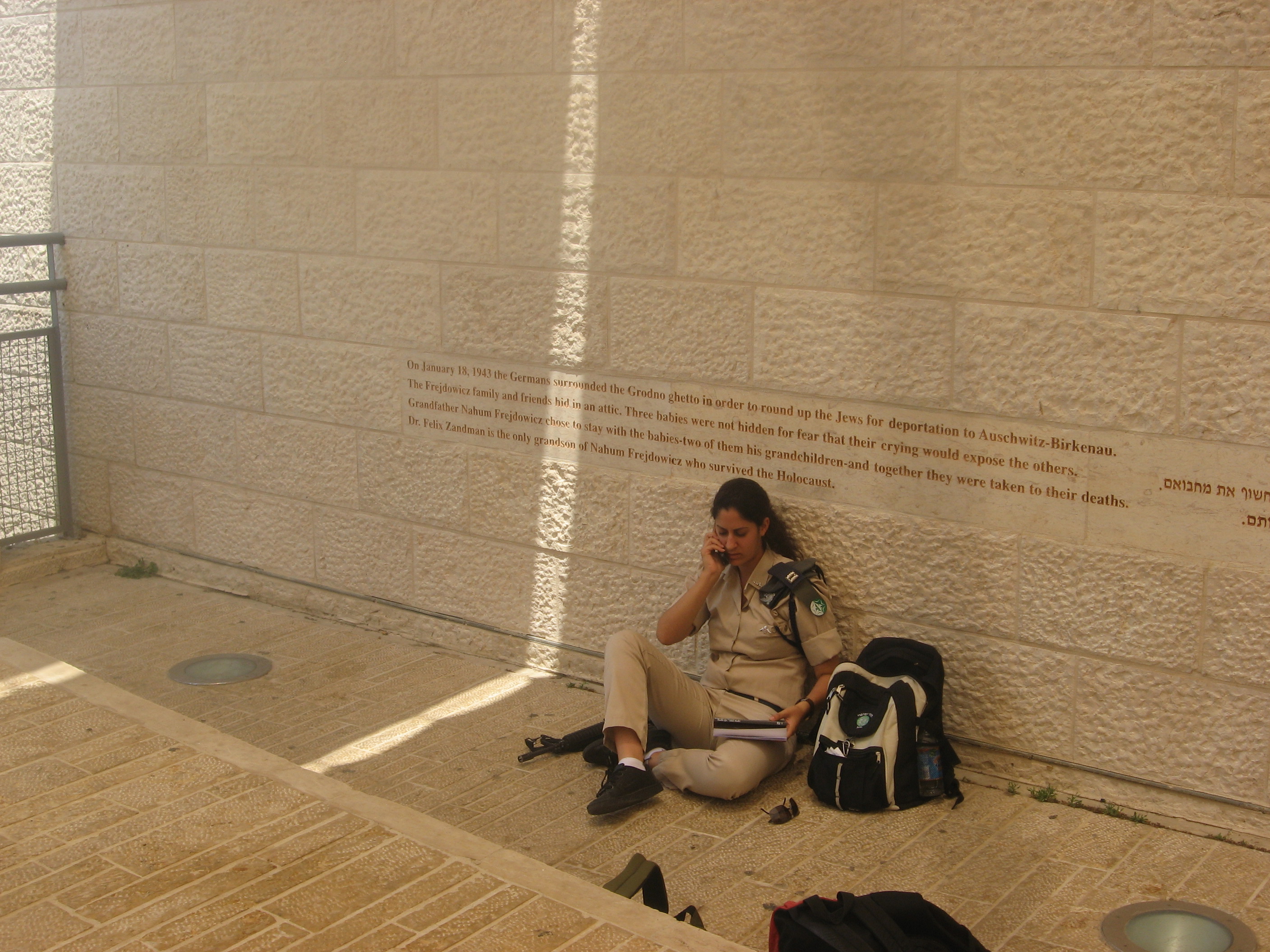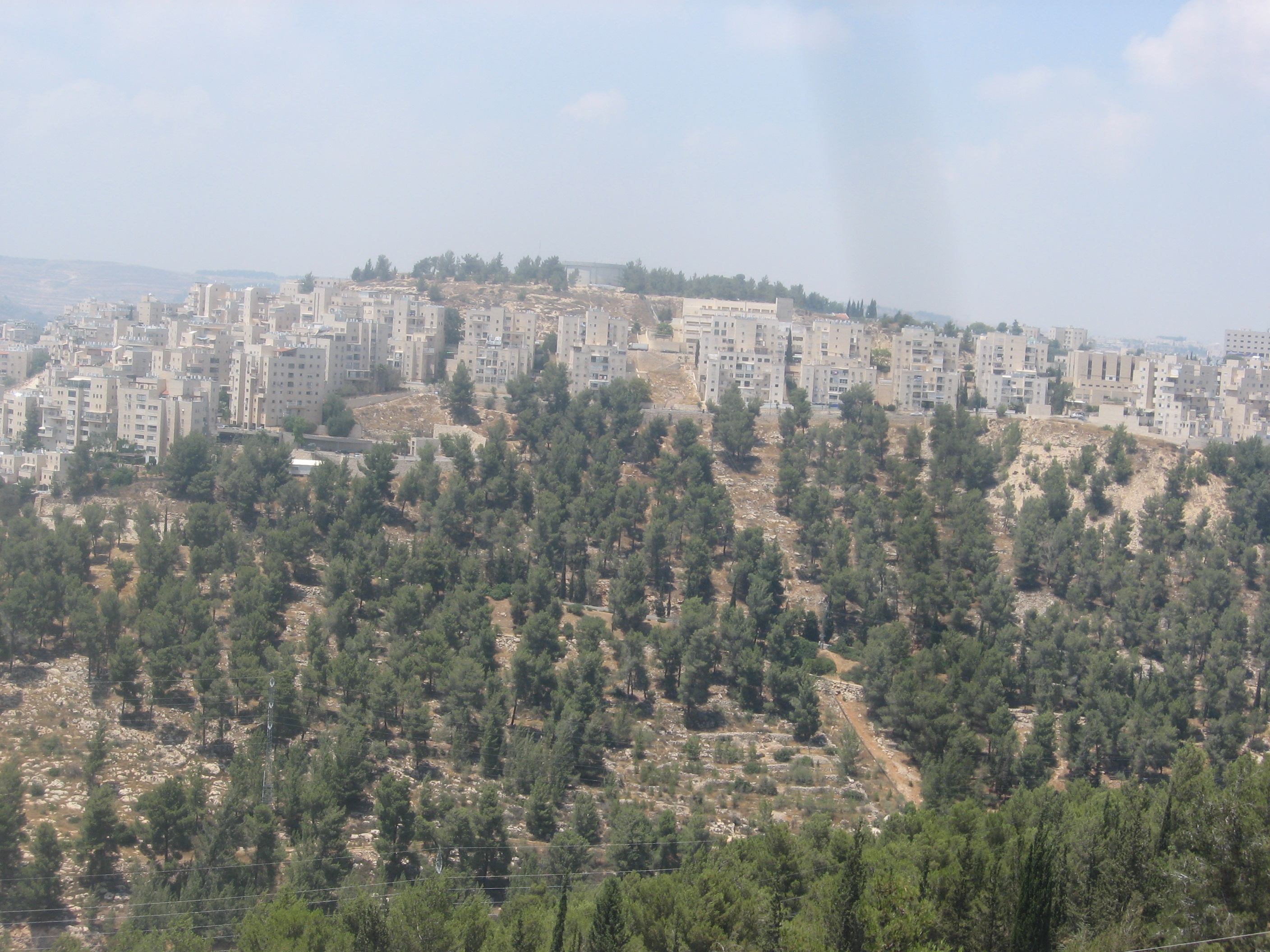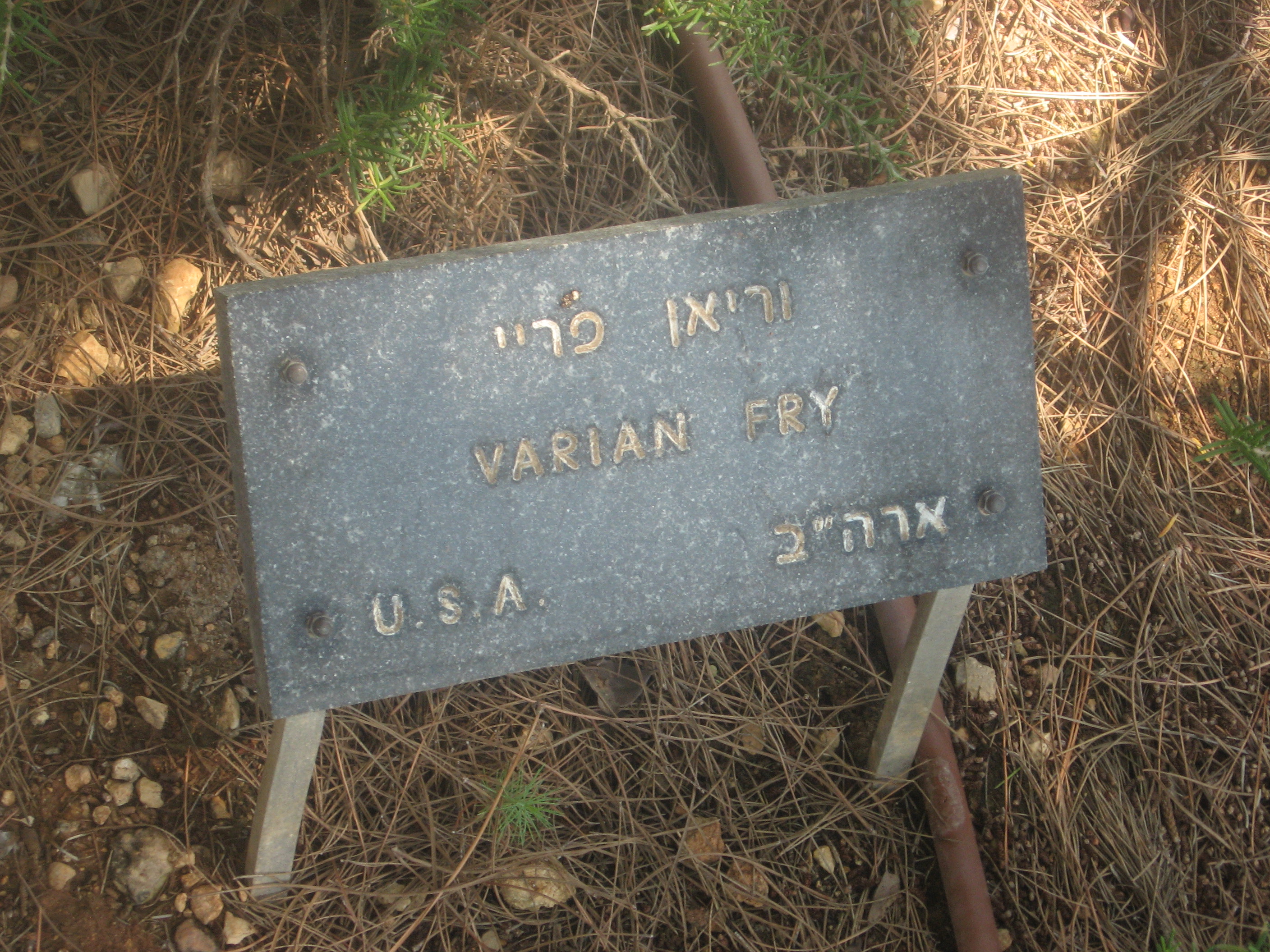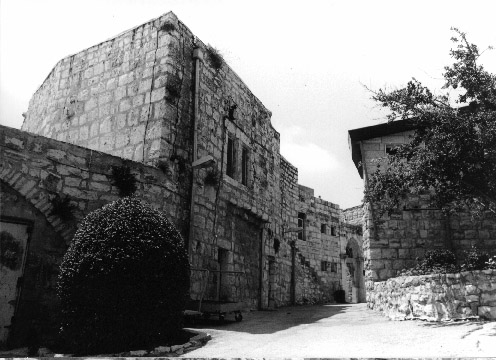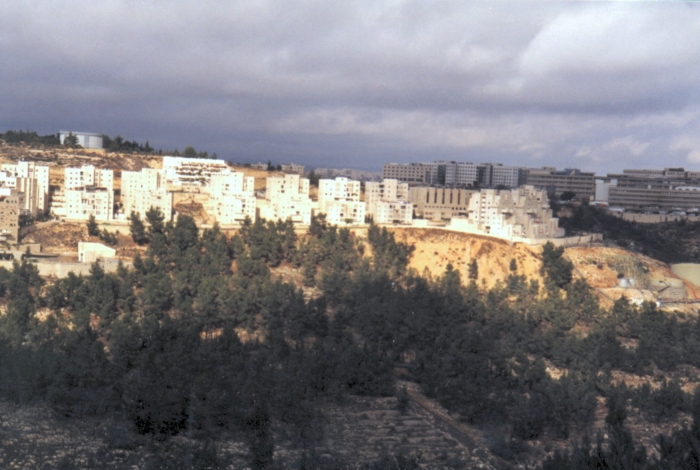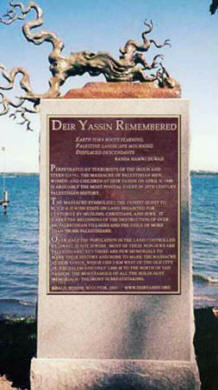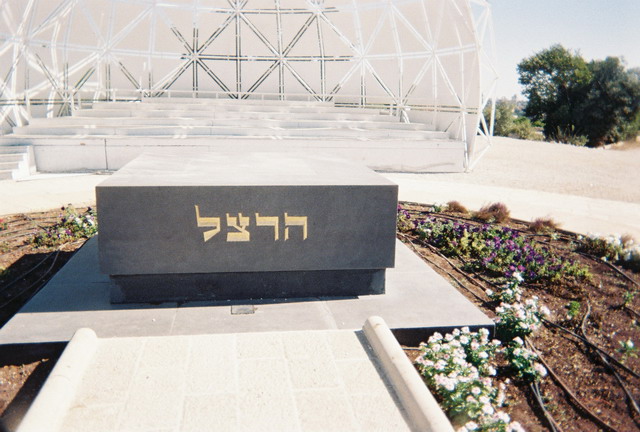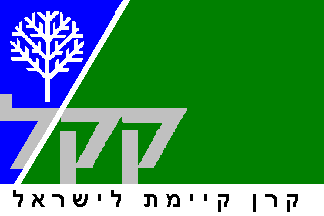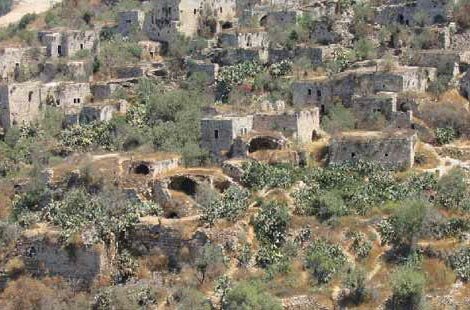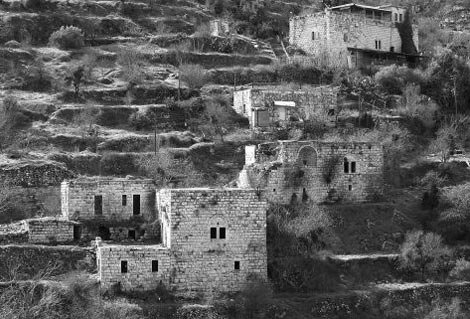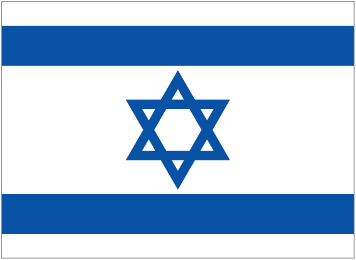




Yad Vashem Holocaust Memorial
(Holocaust Martytrs' & Heroes' Remembrance Authority)
ATTENTION Twice Turned Down. So far as I can tell, this web page shows more monuments on the grounds of the Yad Vashem Holocaust Memorial than any other source in the world. On June 27, 2011, I walked into the Secretariat Building of Yad Vashem and reached the office of Mr. Hagai Barnea, Hebrew Website Editor, Commemoration & Public Relations Division, Tel. +972 2 6443781. I showed him this web page -- and my web page about Holocaust memorials everywhere -- and asked him to direct me to someone familiar with Holocaust memorials worldwide in order to determine how Yad Vashem might be able to help me correct my errors and omissions. Mr. Barnea said that it would be impossible for him or for anyone else at Yad Vashem to identify such a person except by receiving and circulating an email request. I offered to write such an email on the spot, but Mr. Barnea said that it would take several days for the Secretariat to process my request and that I would have to send the email after returning to America, which I did repeatedly over the next two months. Finally, on Sept. 25, 2011, I received the following reply: "My apologies for the delay in reply, and for any inconvenience caused when you visited in June. As the Jewish people’s living memorial to the Holocaust, and the world center for documentation, research, education and commemoration of the Holocaust, Yad Vashem has contacts with many different Holocaust organizations and archives around the world. Our contacts with these institutions are not something that we are at liberty to share with outside parties, and we therefore cannot help you with your request for an exchange of information. Thank you for your understanding in this matter. Yours sincerely, Amanda Smulowitz, Commemoration and Public Relations Division, Jerusalem."N.B.: This web page shows about 30 monuments on the grounds (campus) of the Yad Vashem Holocaust Memorial in Jerusalem (Israel).
Click here for about 30 other peace monuments elsewhere in the City of Jerusalem. | Click here for about 80 peace monuments in all other
parts of Israel & Palestine. | Click here for an interactive vocabulary of the Israel/Palestine conflict. | Click here for a reading list. | Click here for the official Yad Vashem website. | Click here for access information. | Click here for the Wikipedia article about Yad Vashem. | Click here for "Monuments in Israel Commemorating the Holocaust" by Batya Brutin. | Click here for "Monuments in Israel Commemorating the Holocaust" by Batya Brutin (of Beit Berl College) in the Jewish Virtual Library. (Click here for an illustrated version of the same document.) | Click here for Holocaust monuments worldwide.Yad Vashem is one of the world's largest concentrations of peace monuments.
Comparable concentrations exist in Hiroshima (about 75 monuments) & Nagasaki (about 50 monuments).










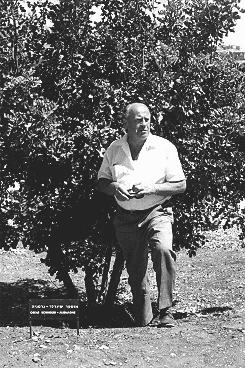

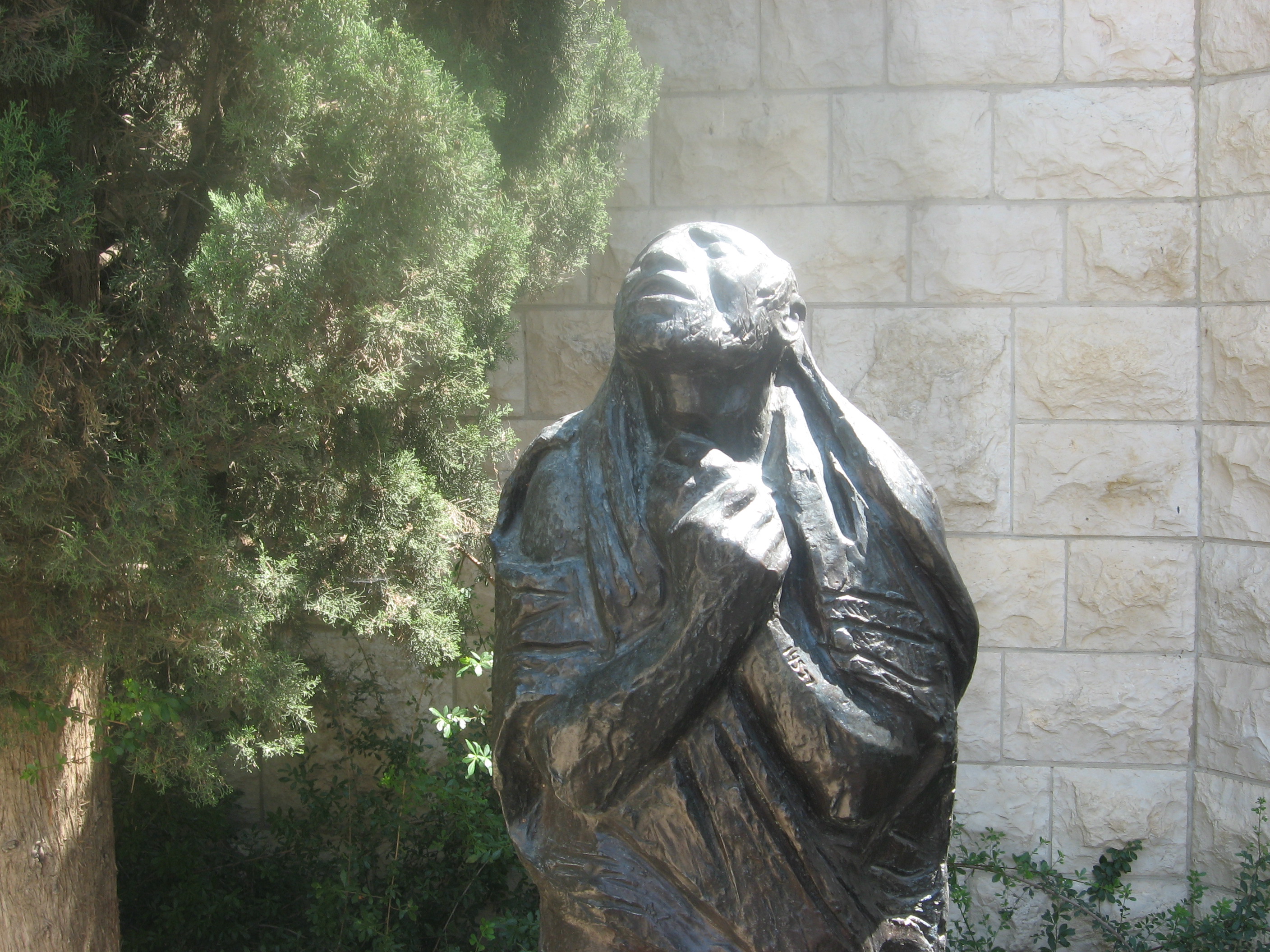
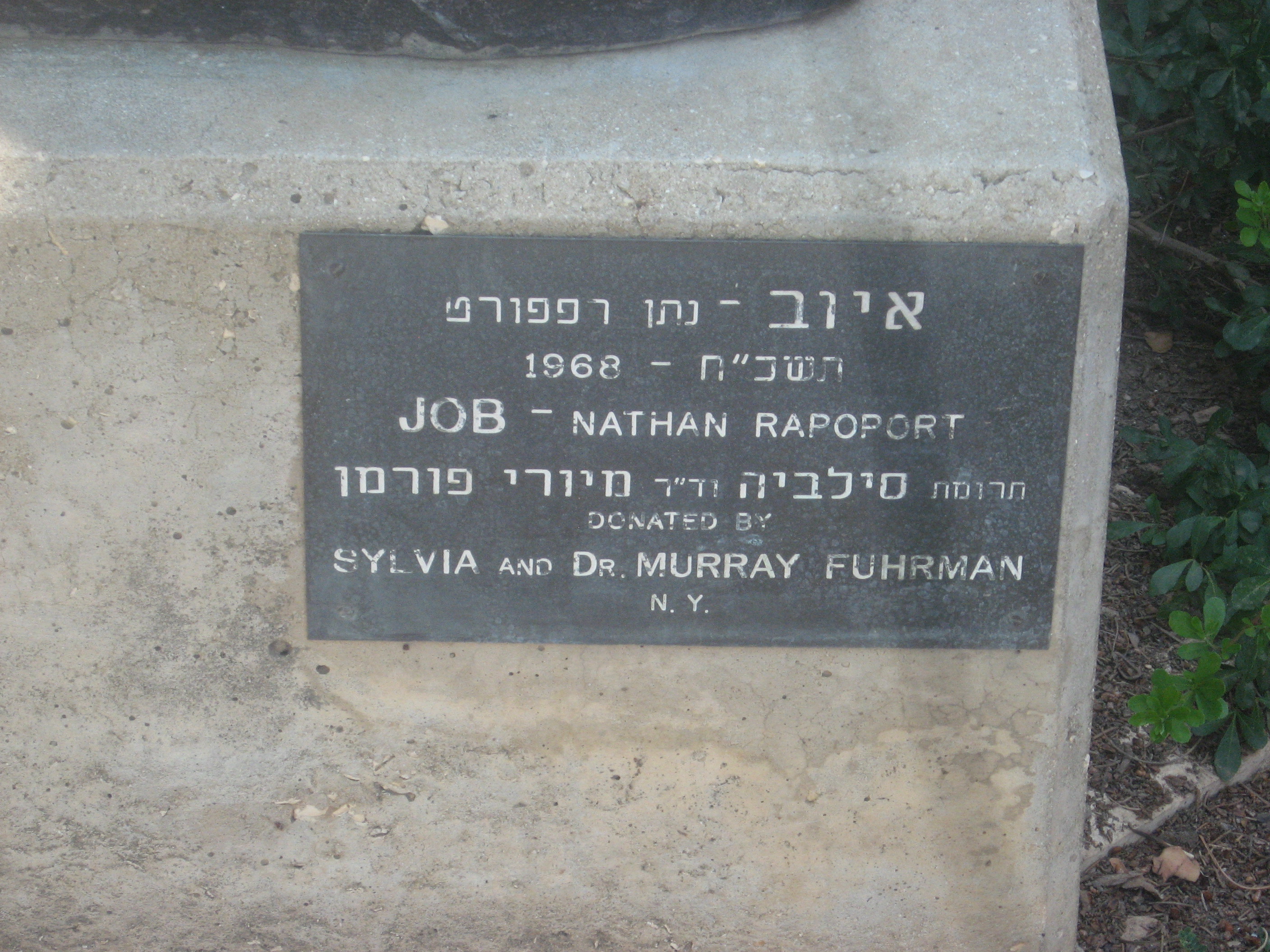
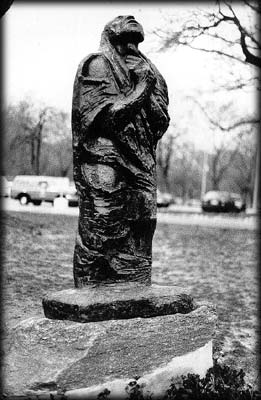








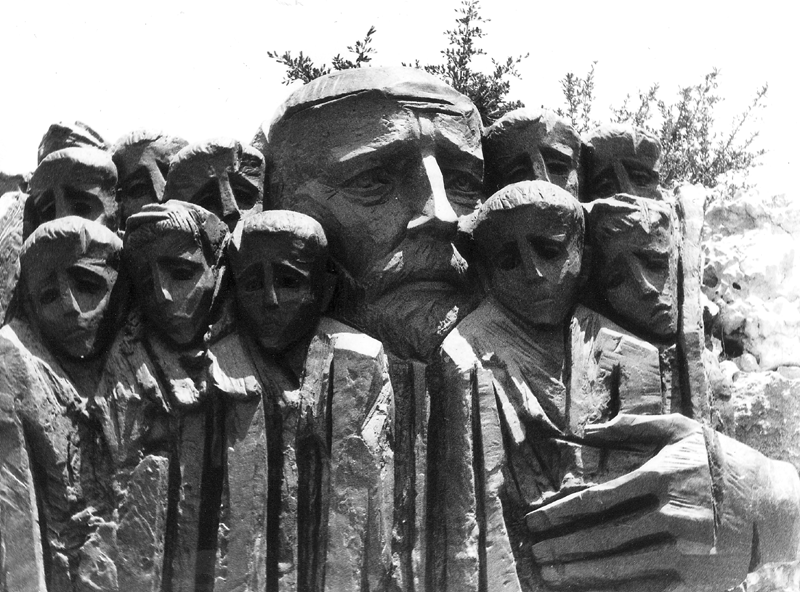
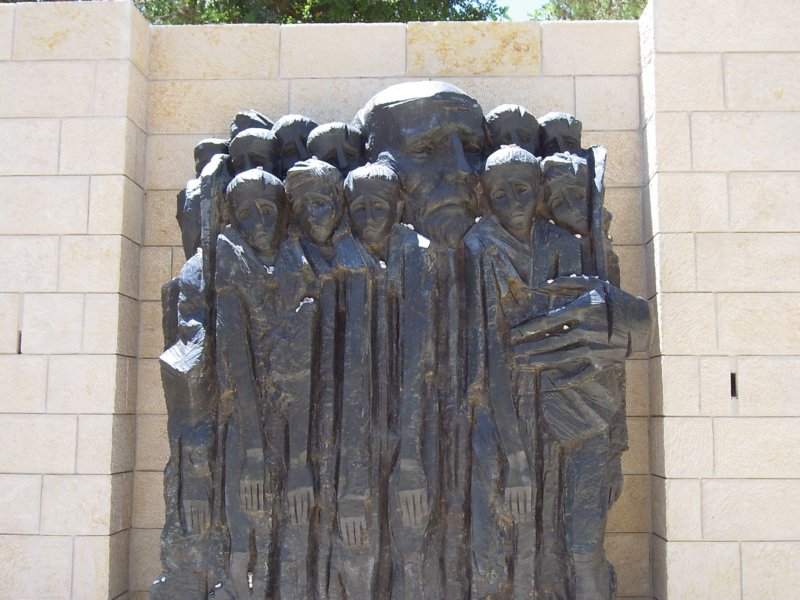

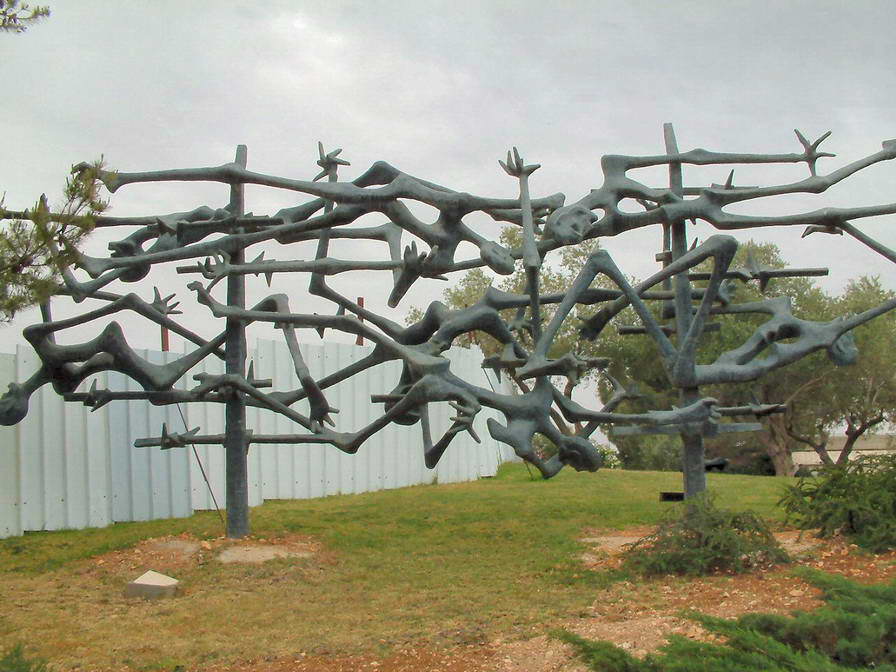
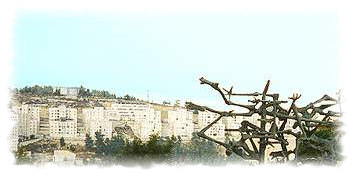
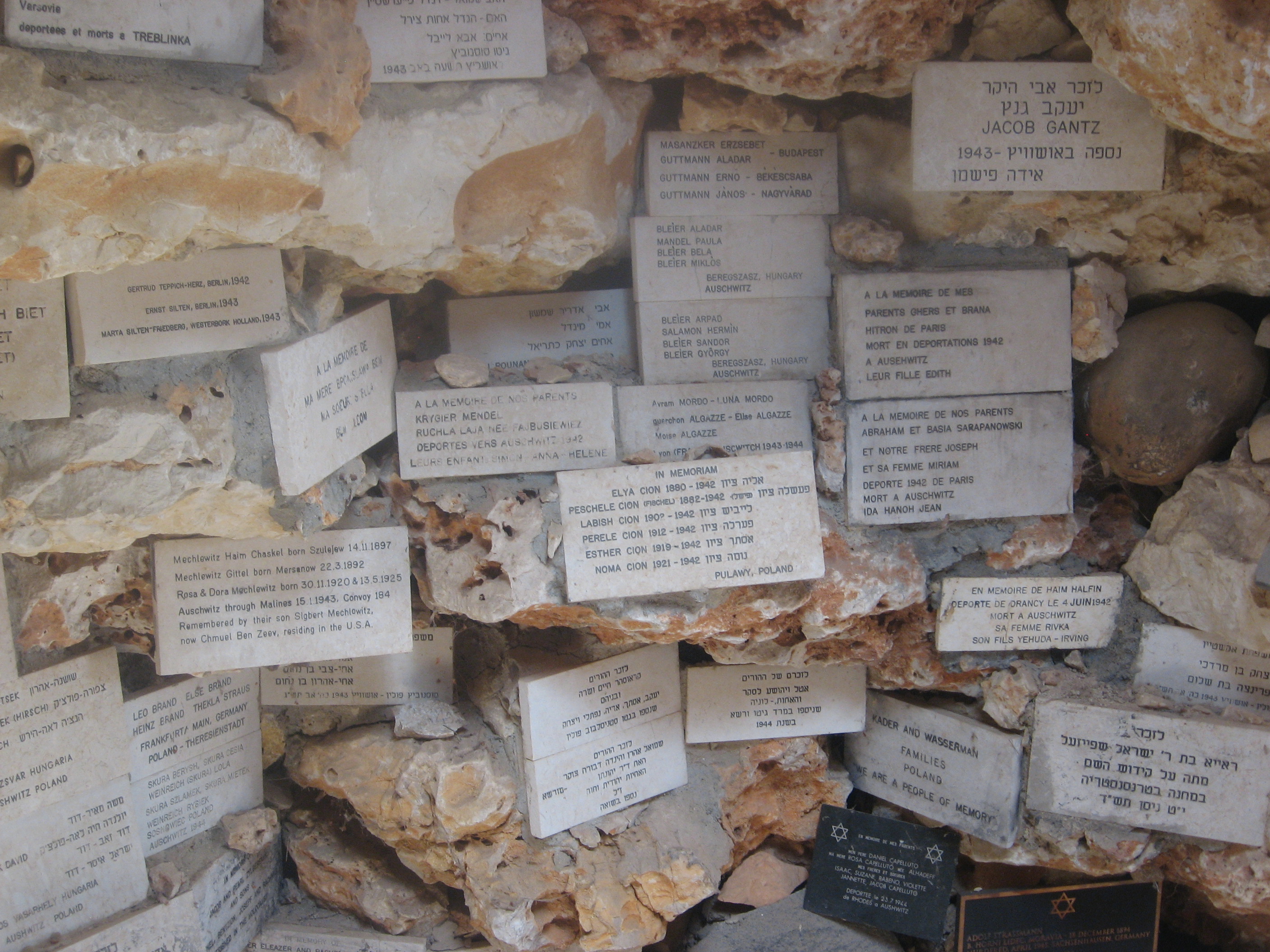
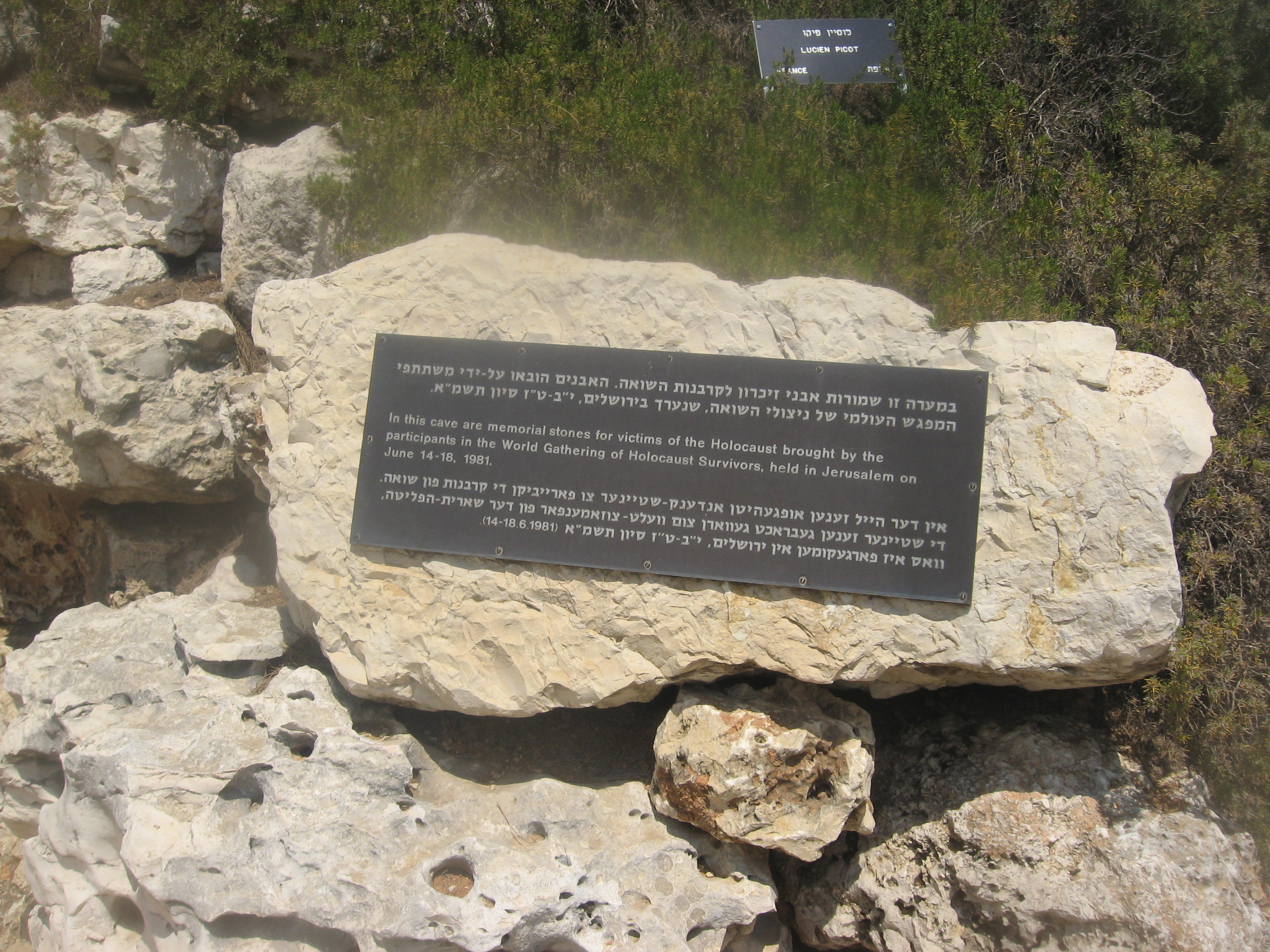
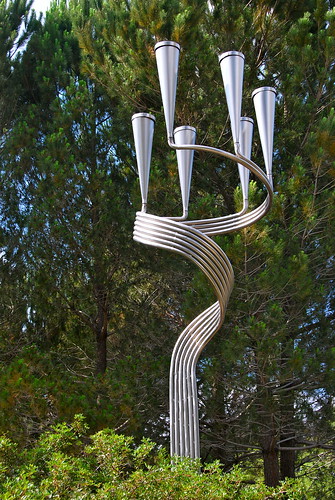





.jpg)





